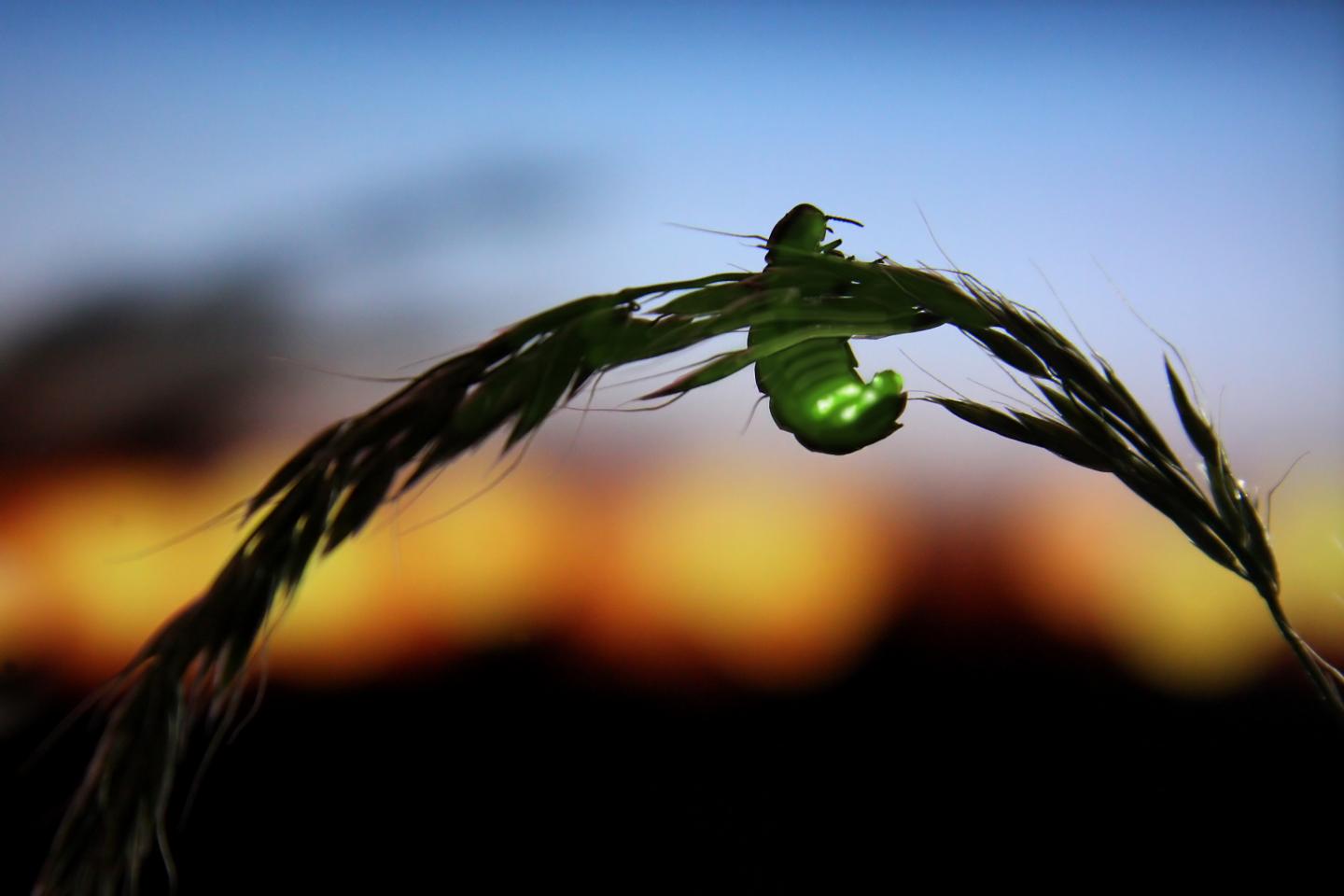The International Union for the Conservation of Nature, a coalition of activist groups which recently charged that climate change is contributing to exploitation of women, is now arguing that various factors are causing 2,000 species of fireflies to go extinct.
They came to the conclusion by surveying affiliates to ask them what is driving fireflies to extinction.
According to survey respondents, habitat loss is the most most critical threat to firefly survival, followed by light pollution and pesticide use.
"Lots of wildlife species are declining because their habitat is shrinking," said Professor Sara Lewis of Tufts University, "so it wasn't a huge surprise that habitat loss was considered the biggest threat. Some fireflies get hit especially hard when their habitat disappears because they need special conditions to complete their life cycle. For instance, one Malaysian firefly [Pteroptyx tener], famous for its synchronized flash displays, is a mangrove specialist."

Lampyris noctiluca, female glow-worm. Image: Jason Steel - www.jason-steel.co.uk
One surprising result that emerged from the survey was their naming light pollution as the second most serious threat. Given the IUCN demographic, pesticides would have been the smart prediction. Yet artificial light at night has grown exponentially during the last century. Many fireflies rely on bioluminescence to find and attract their mates, and it is hypothesized that too much artificial light can interfere with these courtship exchanges. Switching to LEDs is better for climate change but not light pollution, and since environmentalists have driven astronomy out of the U.S. mainland, those limits on limit pollution have now gone unchecked.
Pesticides round out the top three dangers listed by the activists. Though pesticide exposure is unknown, if it happens it is most likely in the larval stages, since juvenile fireflies spend up to two years living below ground or under water. Insecticides such as organophosphates and neonicotinoids kill pests, but IUCN members insist they also have yet unknown off-target effects on beneficial insects. Though that hasn't been shown, some papers claim that commonly used insecticides are harmful to fireflies.
A few studies have quantified firefly population declines, such as those seen in the tourist-attracting synchronous fireflies of Malaysia, and the glowworm Lampyris noctiluca in England. Otherwise it is just anecdotal reports which suggest that many other firefly species across a wide range of habitats have also suffered recent declines.